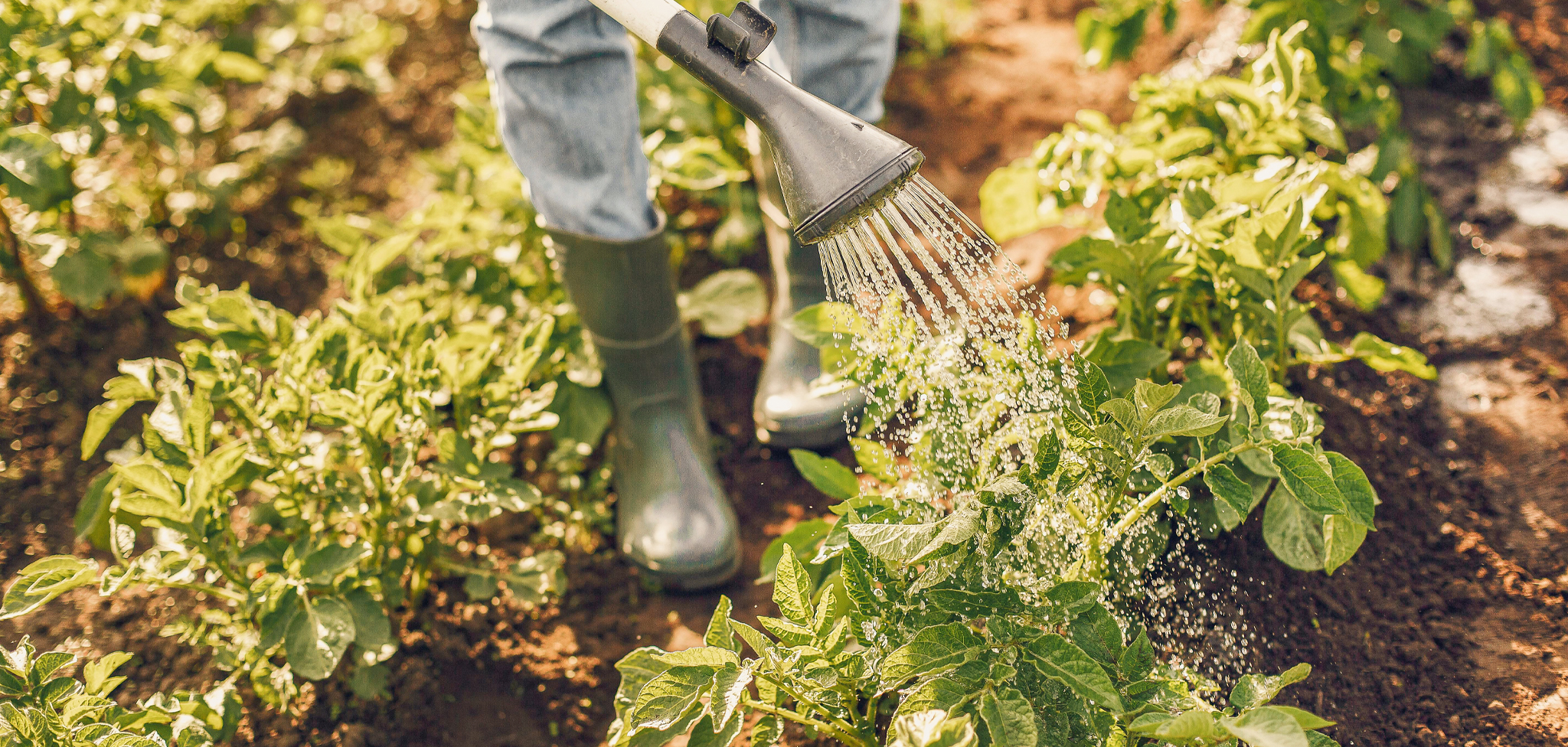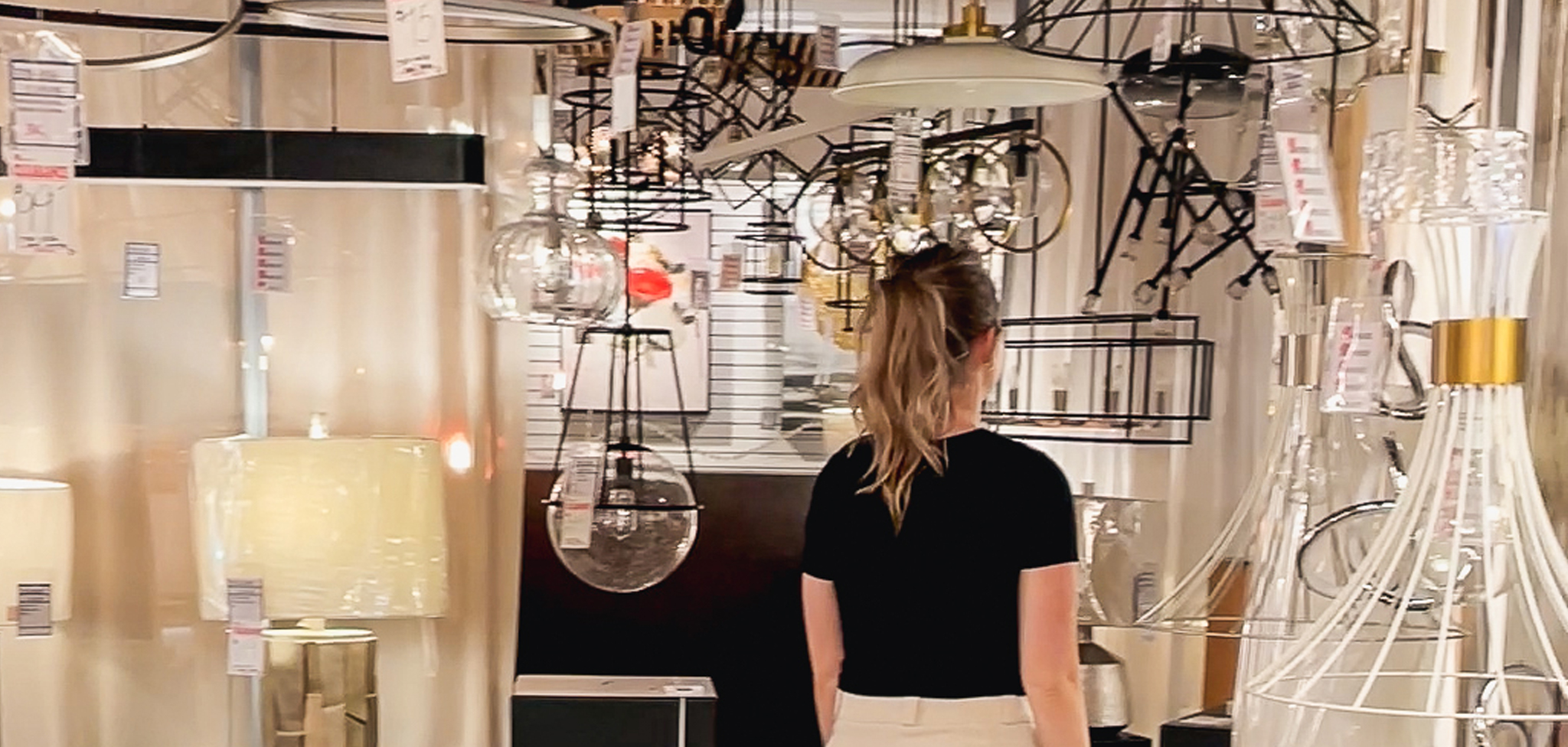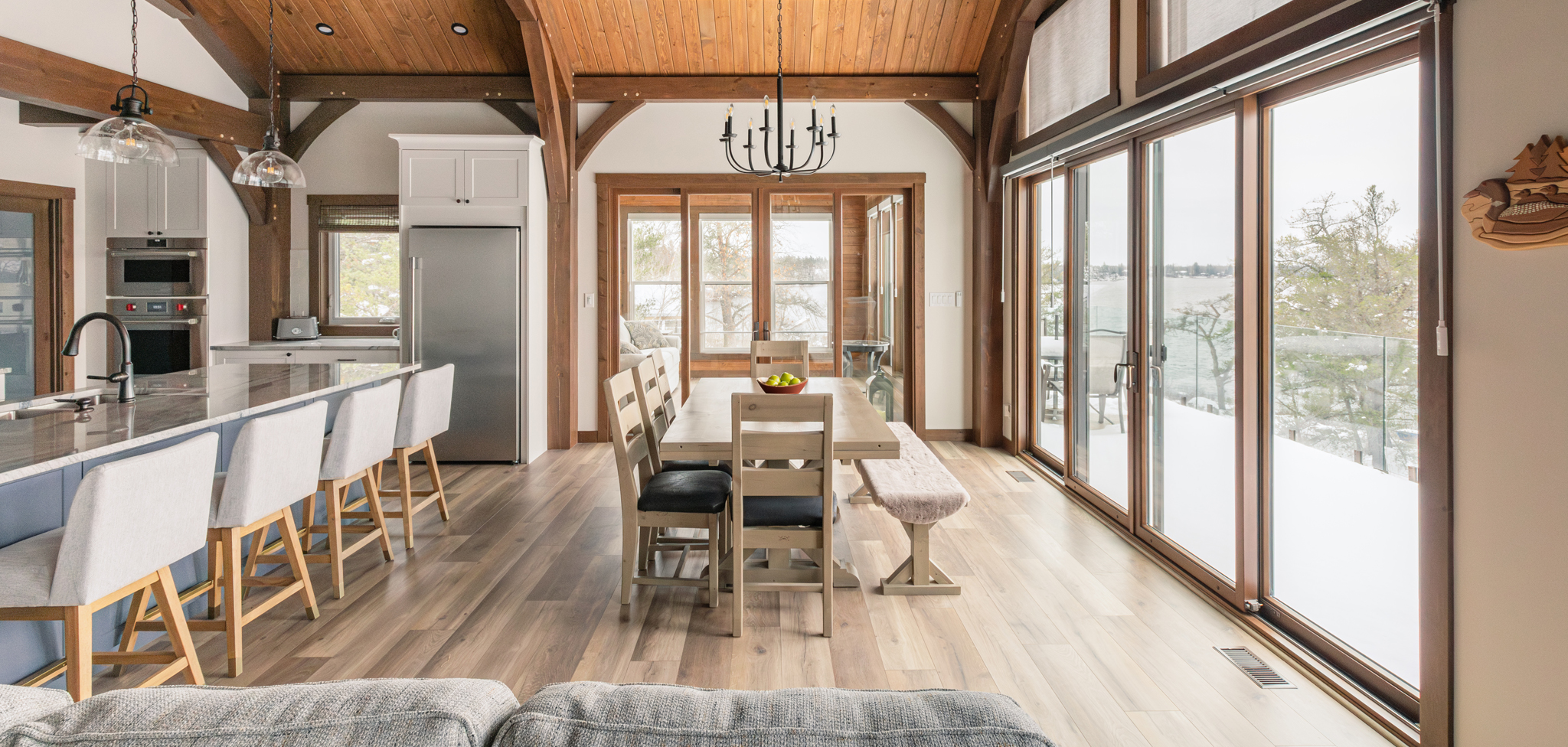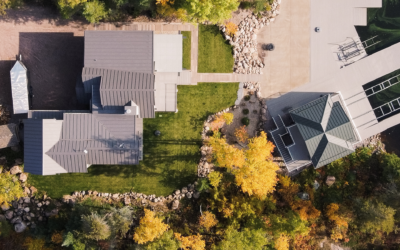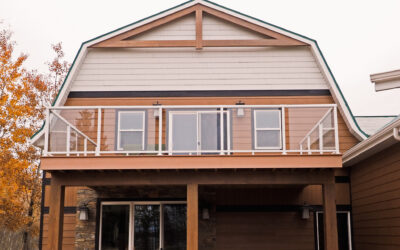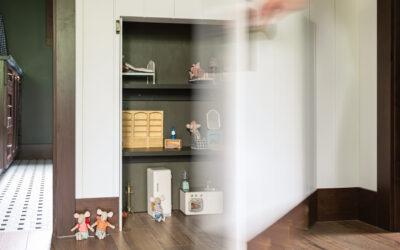Every custom home or cottage starts with a conversation about what matters most. For some of our clients, that means maximizing views, creating gathering spaces, or making room for three generations under one roof. For others, it might be choosing low-maintenance finishes or planning for future accessibility. And once in a while, someone will come to the table wanting to explore how sustainability could fit into their build.
As a custom builder, that’s the kind of conversation we welcome. We don’t take a one-size-fits-all approach. Each project is shaped around our client’s priorities—and that includes making room for sustainable choices, if and when they’re important to you.
Over the years, we’ve worked with families who wanted reclaimed wood, ultra-efficient mechanical systems, or thoughtful waste reduction. Other times, the interest is quieter—more about natural finishes, simple layouts, or energy savings over time. We’ve guided many clients through decisions that reflect those values.
If you’re thinking about building with sustainability in mind, there are many ways to begin—without compromising the design or function of your space. From the layout you choose to the materials and systems you invest in, a few smart decisions can go a long way.
Here are some of the options we’ve explored with clients who wanted to bring more intention to their build.
Thoughtful Material Choices
One of the easiest places to begin is by looking at materials. We’ve had clients in the past request that we explore products with a lighter environmental footprint. In those cases, we work together to find solutions that align with both the project vision and their values.
Here are a few examples of what that might include:
• Metal roofing, it lasts longer than shingles and is often recyclable
• Low-VOC paints and sealants to improve indoor air quality
• Natural fiber insulation, such as cellulose or wool
• Durable flooring options like tile or engineered hardwood that require less replacement over time
It’s not about checking a box—it’s about understanding how each selection plays a role in the bigger picture of your build.
Smarter Energy Use
We once had a client building a cottage with extended family in mind. Because it would only be used seasonally, they wanted it to be efficient without investing in a full off-grid system. What made the biggest difference for them wasn’t just the heating system, but the small upgrades that worked quietly in the background—better insulation, sealed ductwork, and a smart thermostat.
If energy use is a key priority for your home or cottage, there are a number of things to consider:
• High-efficiency HVAC systems
• Triple-pane windows that help maintain indoor temperatures
• Solar-ready design, even if you’re not installing panels right away
• LED lighting and energy-efficient appliances
• Insulated foundations and tight building envelopes
Each element works together to reduce the load on your systems. That not only supports lower energy consumption, it can also contribute to long-term cost savings.
Water Conservation Options
Most of our clients are building in places where water supply isn’t necessarily a daily concern—but in some of our rural builds, we’ve seen clients bring up well usage, greywater systems, or concerns about run-off.
Here are a few sustainable water strategies:
• Low-flow fixtures like faucets, toilets, and showerheads
• Rain barrels or rainwater collection systems for gardens or landscaping
• Native plants and drought-tolerant landscaping
• Greywater systems that reuse lightly-used water for flushing toilets or irrigation (not common, but possible depending on local codes)
In many cases, it’s not about doing everything—it’s about doing what makes sense for your location and lifestyle.
Waste Reduction on Site
A couple of years ago, we worked with a family who specifically asked how we manage construction waste. They had done some reading about landfill contributions from the building industry and wanted to know what they could do differently.
We shared what we typically do—organizing waste by material type, reusing wood where possible, and working with subcontractors who know how to be efficient with product use. We also explained that planning ahead can make a big difference. For example, sticking closely to finalized layouts and measurements helps minimize off-cuts and rework.
For clients interested in going further, we’ve explored options like:
• Using pre-cut framing packages, which reduce waste on site
• Donating leftover materials to local reuse centres
• Working with manufacturers who prioritize eco-packaging or local distribution
• Working with suppliers who support your sustainability goals
Again, it’s not about perfection—it’s about intention.
Supporting Local Where You Can
Choosing local products and trades can be a quiet but meaningful part of building with sustainability in mind. Many of the suppliers we work with are based in Manitoba or nearby. That means shorter transportation distances and often a better understanding of how materials will perform in our climate.
When clients ask for more sustainable options, we often look at:
• Locally milled lumber or cabinetry
• Furniture makers and artisans who use reclaimed or regionally sourced materials
• Manitoba-based window and door manufacturers with strong energy ratings
These choices support the regional economy and reduce the distance materials need to travel—which can make a difference when you look at the full scope of a project.
Design With Purpose
Sometimes, sustainable building isn’t about the products you use—it’s about how you use the space.
One client we worked with wanted a smaller footprint with a smart layout instead of a sprawling floor plan. They focused on fewer, multifunctional spaces that could grow with their family. The result was a more compact design that used fewer materials, required less heating and cooling, and ultimately cost less to build.
Design choices that support sustainability might include:
• Smaller floorplans with more usable space
• South-facing windows to take advantage of natural light and passive solar heat
• Covered outdoor living areas that reduce the need for cooling indoors
We’ve also seen people prioritize future-ready features, such as main-floor bedrooms or wider doorways, so they can age in place instead of renovating later.
What Can You Do Now
If you’re thinking about building and want to include some sustainable elements—but aren’t sure where to begin—we always recommend starting with your priorities.
Ask yourself:
• Do I want to reduce my long-term energy use?
• Do I want to use natural or renewable materials?
• Do I want a home that’s flexible and long-lasting?
• Do I care about reducing my build’s waste or carbon footprint?
Not every choice needs to be green to make a difference. Even a few targeted changes can move your build in a more intentional direction.
How We Hit Into the Process
We bring our decades of experience helping people build homes and cottages that reflect their values, whether that’s family-first design, multi-generational use, or low-maintenance living.
When a client comes to us with sustainability in mind, we take that seriously. We bring ideas to the table. We ask the right questions. And we connect you with suppliers, trades, and products that support the goals you have in mind—without pushing for things that don’t fit your vision.
We’ve worked on homes where reclaimed materials were a must-have. We’ve explored solar prep, built tighter envelopes, and looked for local options. But we’ve also had builds where the focus was on quality family time, longevity, and comfort—and those are values that matter just as much.
If sustainability is part of your dream, we’ll help you explore the options. And if it’s not your main focus, you’ll still benefit from smart, well-planned design. What matters most is that your home or cottage is right for you—and we’re here to help you build it with care.



